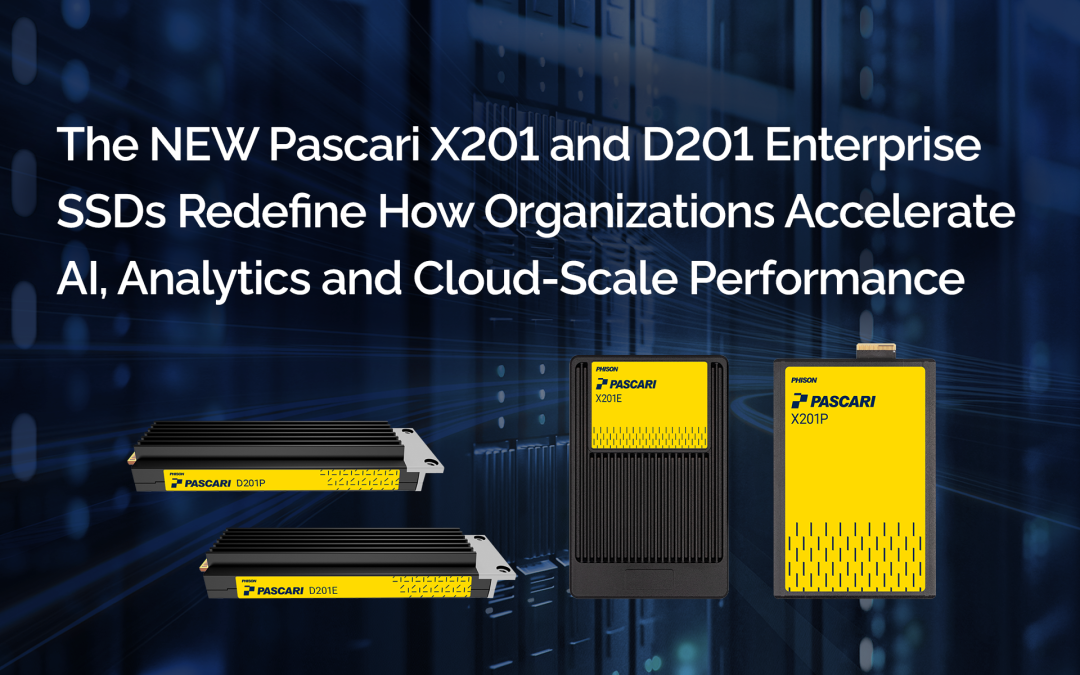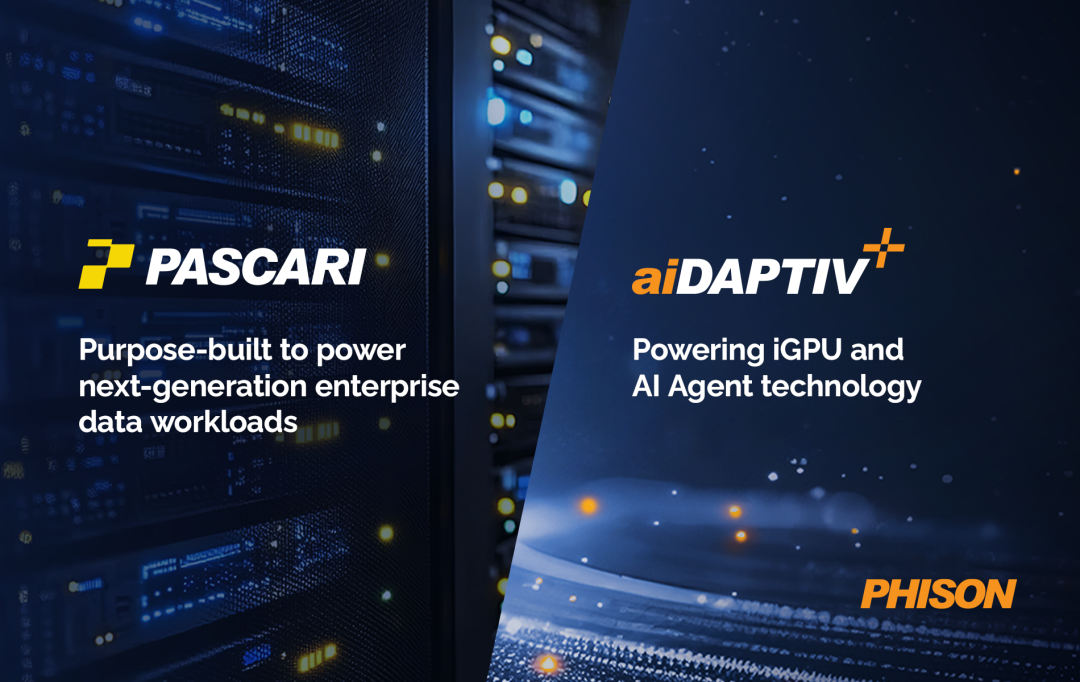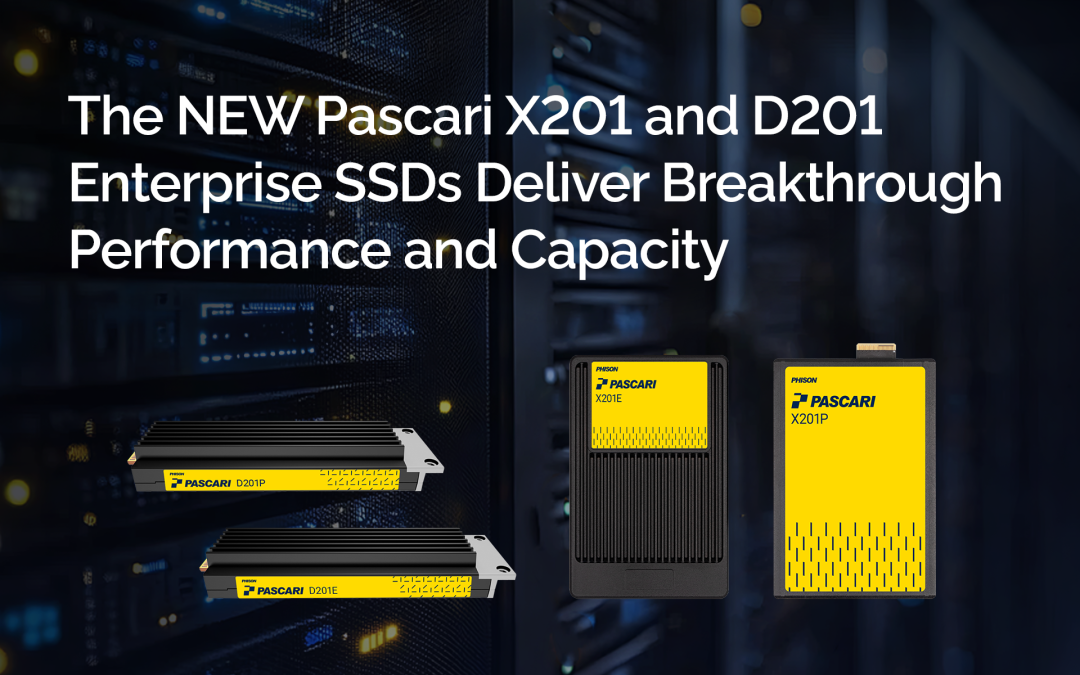Higher education institutions are becoming the proving grounds for AI at scale. Their biggest breakthroughs will depend on moving and managing massive amounts of data efficiently.
AI used to be the domain of hyperscale tech giants. But a new wave of innovation is emerging from university campuses, where computer scientists, biologists, climatologists and social researchers are working side-by-side to apply AI to the world’s biggest challenges.
Today’s academic data centers operate less like traditional IT departments and more like startup incubators for AI. They’re building and training models that decode DNA faster, simulate global weather systems more accurately and even uncover hidden social patterns in economics and human behavior.
Unlike commercial enterprises, universities pursue open collaboration, not proprietary advantage. But that openness comes with constraints, including tight budgets, evolving compliance mandates and the need to support wildly diverse workloads across hundreds of research teams. Many universities are now, in effect, AI-first supercomputing labs, experimenting at the bleeding edge of what’s possible with limited resources.
The challenge is that while universities are generating more AI innovation than ever before, their storage and data architectures haven’t always evolved at the same pace as their compute ambitions.
Three research domains demanding extreme data throughput
The data surge happening today inside academic institutions is measurable, massive and accelerating across disciplines. Whether sequencing genomes, modeling the climate or analyzing social data, every field faces the same challenge of moving data fast enough to keep discovery moving too.
Genomics – the data deluge of life sciences
A single human genome contains roughly three billion base pairs. Sequencing even a small population of samples can generate petabytes of raw data that must be written, stored and accessed repeatedly for AI-driven analysis.
At leading universities, research teams are now combining genomics with machine learning to predict disease risk, model protein folding and tailor precision medicine. These workloads put huge pressure on storage with millions of tiny read and write requests, so even the fastest GPUs sit idle when the data pipeline can’t feed them efficiently.
Every millisecond lost in data movement translates into longer runtimes, higher compute costs and slower scientific progress. The ultimate goal is faster throughput that enables researchers to discover medical insights weeks or months sooner.
Climate modeling – simulating an entire planet
Academic climate models often run on high-performance computing (HPC) clusters with thousands of compute cores, each crunching satellite imagery, atmospheric data and oceanographic readings in real time. A single run can produce terabytes of time-series data every hour, all of which must be written, retrieved and visualized to validate accuracy.
When I/O throughput lags, researchers have to simplify their models to reduce resolution, omit variables or truncate simulation windows. That compromises scientific precision. High-speed storage allows universities to run deeper, more complex simulations that improve long-range forecasting and climate adaptation strategies.
Social-science mega-datasets – the human side of big data
In the social sciences, “big data” has taken on a new dimension. Economists and sociologists are now training AI models on decades of demographic, mobility and behavioral data to study inequality, health outcomes, policy effectiveness and more. These datasets can be unstructured, fragmented and sensitive.
Performance matters here too. When analysts can iterate quickly, they can test more hypotheses and visualize societal trends in near real time. But universities must balance speed with privacy and sovereignty, especially when handling personally identifiable data or cross-border datasets governed by strict compliance rules.
The infrastructure gap: GPUs alone aren’t enough
Over the last few years, many universities have raced to expand their GPU clusters to achieve AI acceleration. But there’s a quiet problem hidden behind the GPU boom; those accelerators can’t speed up what they can’t access fast enough.
AI workloads are notoriously data-hungry. They read and write millions of small files, shuffle parameters across memory, and constantly move data between SSDs, DRAM and GPU memory. If the storage layer can’t keep up, even the most powerful GPUs end up waiting. It’s like an invisible tax on performance and energy efficiency.
That’s why many academic clusters are underperforming despite impressive hardware. Bottlenecks appear in unexpected places:
-
-
- Legacy NAS and slow object storage that throttle multi-node I/O performance.
- Fragmented storage tiers where research teams use whatever hardware is available, creating inconsistency.
- Limited budgets that prioritize compute nodes over modern storage architectures.
-
The result is a mismatch between data movement and data processing. Universities can’t simply buy their way out of the problem by adding GPUs. They need smarter ways to control how data moves through the entire AI pipeline.
Optimize storage and minimize spend with Phison
One of those smarter ways is Phison’s advanced technology and aiDAPTIV+ solution, purpose-built for high-throughput AI workloads in data-intensive environments like universities.
Phison’s SSD controller technology reimagines the relationship between compute and storage. Instead of treating SSDs as passive repositories, it enables data movement and pre-processing to occur directly at the storage layer. By offloading certain AI and I/O operations closer to where data resides, aiDAPTIV+ dramatically reduces latency and GPU idle time.
It works through:
-
-
- GPU offload – aiDAPTIV+ intelligently shifts parts of the data pipeline, such as prefetching, compression or indexing, from the GPU to the SSD layer.
- Dynamic data pathing – It optimizes I/O flow in real time, ensuring that each dataset moves through the fastest possible route based on workload intensity.
- Locality and control – Sensitive research data stays on-premises or within the university’s private cloud, preserving compliance and data sovereignty while still achieving near-hyperscaler performance.
-
Phison aiDAPTIV+ is a turnkey solution that enables organizations to train and inference large language models (LLMs) on-site at a price they can afford. It enhances foundation LLMs by incorporating an organization’s own data for better decision making and innovation. Institutions can train and inference any model size on-premises and simply scale-up or scale-out nodes to increase training size, reduce training time and improve inferencing.
With Phison’s SSD controller technology and aiDAPTIV+, higher education institutions can achieve faster model training and analytics without overspending on compute.
aiDAPTIV+ offers real-world benefits for academic research
The impact of aiDAPTIV+ is already beginning to transform how universities handle data-intensive research. By closing the gap between storage and GPU performance, universities can accelerate time-to-insight and stretch their research budgets further. From labs sequencing genomes to teams modeling the planet, aiDAPTIV+ turns smarter data movement into measurable results.
-
-
- Accelerated genomics workflows, by reducing data staging time and maximizing IOPS for small-file workloads.
- Higher-resolution climate simulations, with sustained throughput that scales across multi-node HPC environments.
- Faster social-data processing, by optimizing unstructured dataset handling and ensuring data consistency across AI pipelines.
- Lower total cost of research computing, since performance gains come from smarter storage orchestration rather than constant GPU expansion.
-
aiDAPTIV+ turns storage into a performance engine, allowing universities to do more science with the resources they already have.
Looking ahead: From research to real-world impact
Universities have always been the birthplace of transformative innovation, from the internet and CRISPR to the foundations of modern AI itself. What’s changing now is scale. The datasets are bigger, the models more complex and the demands on infrastructure more relentless than ever.
As AI becomes a standard tool across disciplines, universities will play an increasingly central role in shaping how it’s used responsibly and sustainably. That requires platforms that combine performance, efficiency and data control in equal measure.
aiDAPTIV+ helps close the gap between research ambition and infrastructure reality. It allows universities to run AI workloads faster, greener, and more securely, empowering researchers to spend less time waiting for data and more time making discoveries.
The next breakthroughs in genomics, climate resilience and social innovation won’t be defined by who has the biggest GPU cluster, but by who can move and manage data most intelligently. Phison is proud to power that future, fueling the discoveries that turn data into world-changing breakthroughs.
Frequently Asked Questions (FAQ) :
How are universities driving the next wave of AI innovation?
Universities are combining interdisciplinary research with AI from genomics to climate modeling and social sciences to solve global problems. Their open, collaborative environments accelerate model training and experimentation at a scale once reserved for hyperscalers.
Why is data throughput critical in academic AI research?
AI models thrive on massive datasets. Without high-speed storage and efficient data movement, GPUs remain idle. Each millisecond of delay increases costs and slows breakthroughs in genomics, climate prediction, and behavioral studies.
What challenges do universities face when scaling AI infrastructure?
Budgets, compliance, and legacy storage architectures often constrain performance. Many academic clusters have expanded GPU capacity but neglected the I/O bottlenecks that prevent full utilization of compute power.
How does Phison’s aiDAPTIV+ address these performance bottlenecks?
aiDAPTIV+ enhances throughput by offloading pre-processing and data management directly to the SSD layer. This reduces GPU idle time, accelerates workloads, and maximizes return on existing hardware investments.
What types of research benefit most from Phison’s technology?
aiDAPTIV+ delivers measurable improvements across genomics sequencing, high resolution climate simulations, and social data analytics, anywhere rapid access to small or unstructured files determines discovery speed.
Can universities maintain compliance while using aiDAPTIV+?
Yes. aiDAPTIV+ is engineered for data sovereignty. Sensitive research data stays on premises or in private clouds, ensuring compliance with institutional and cross border data protection mandates.
How does Phison’s SSD controller technology differ from traditional storage?
Unlike standard SSDs that act as passive storage, Phison’s controllers actively optimize I/O flow through intelligent data pathing. This transforms storage into a high performance processing engine for AI workloads.
How does aiDAPTIV+ lower total cost of research computing?
By increasing performance through smarter storage orchestration, universities achieve faster results without continuously expanding GPU fleets, reducing both capital and operational expenses.
What role will aiDAPTIV+ play in AI sustainability?
aiDAPTIV+ improves energy efficiency by minimizing GPU idle cycles and unnecessary data movement. This enables universities to advance AI research while lowering the carbon and energy footprint of their compute operations.
How can universities get started with Phison’s aiDAPTIV+?
Phison offers aiDAPTIV+ as a turnkey platform that integrates with existing HPC and AI clusters. Universities can scale node counts as research grows, gaining hyperscale level performance within academic budgets.











